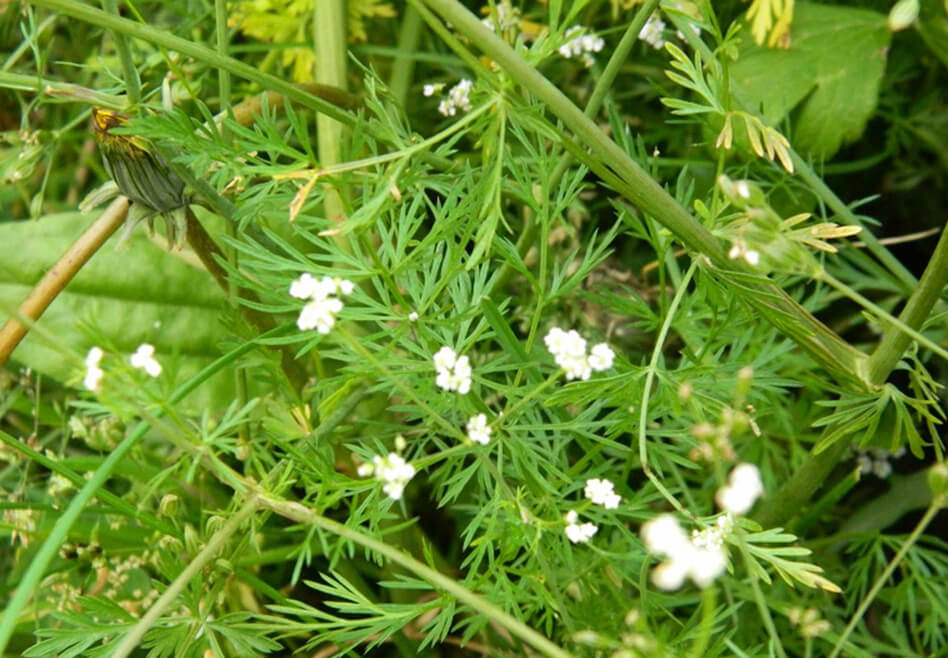- +033 2572 7171
- info@dhanvantary.com

4.5 Rating | 4500 Review

4.5 Rating | 4500 Review
Cumin (Cuminum cyminum) is a small annual herb which grows up to 30-50 cm in height. Its leaves are alternate, compound, filiform segment, with sheeting bases. The flowers are small white, found in compound umbels or umbrella-like clusters. The flowers have both male and female structures together and an inferior ovary that develops into a very characteristic fruit called a cremocarp.

Fruits are greenish, turns grey when ripe, tapering towards both ends, covered with papillose hairs. Though these grain-like fruits are called the seeds, the true seeds are within them and come out only during germination through disintegration of the fruit wall.
Cumin seeds resemble caraway seeds, being oblong in shape, longitudinally ridged and yellow-brown in color, like other members of the Umbelliferae family such as caraway, parsley and dill.
The common chemical constituents of cumin are Cuminaldehyde, cymene and terpenoids. It contains 2- 4% of volatile oil called cumin oil.
Botanical name
Cuminum cyminum
Kingdom
Plantae
Sub kingdom
Viridiplantae
Division
Tracheophyta
Class
Magnoliopsida
Order
Apiaceae
Genus
Cuminum
Species
Cyminum
Family
Umbelliferae
Cultivation of cumin needs hot Climate to grow around 30 c temperature. It is native to mainly in Egypt, India, Mexico, and North Africa, China.
|
Hindi / Sanskrit |
English |
||
|
Rasa |
Katu |
Taste |
Pungent |
|
Guna |
Laghu, Rooksha |
Physical Property |
Light, Dry |
|
Virya |
Ushna |
Potency |
Hot |
|
Vipaka |
Katu |
Metabolic Property (After Digestion) |
Pungent |
It is Kaphavatahara that helps to pacifying the vitiated kapha and Vata doshas and increases pitta dosha in body.
|
Charak Samhita |
Sushrut Samhita |
Vagbhata |
|
Shoolaprashamana – (Relieves abdominal pain) |
Pippalyadi |
Pippalyadi |
Fruit, Seeds
½ – 2 gm.
